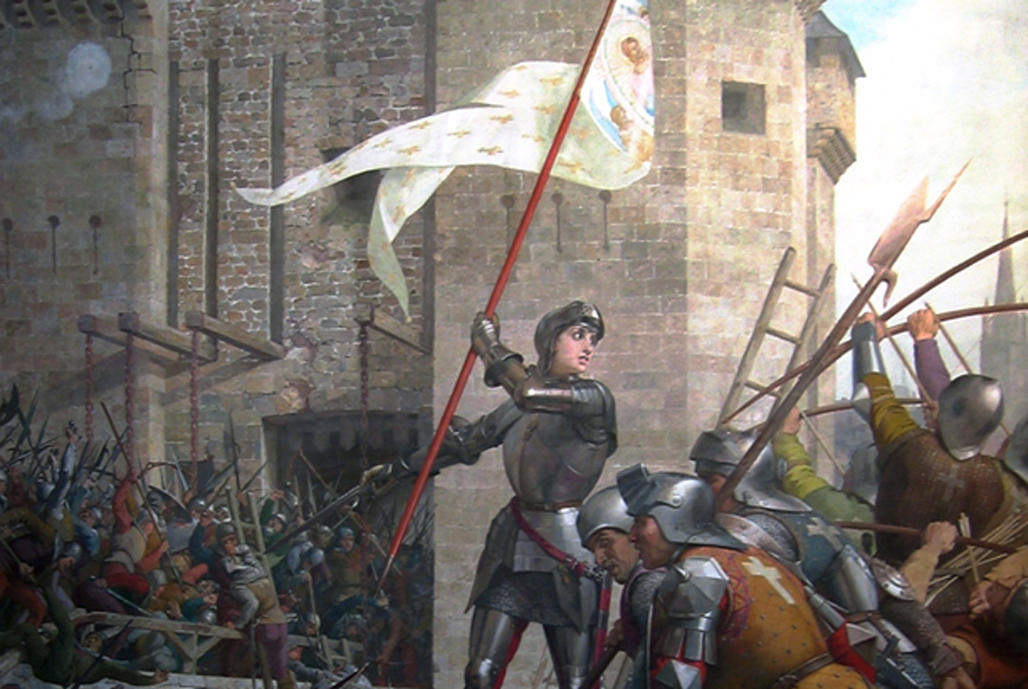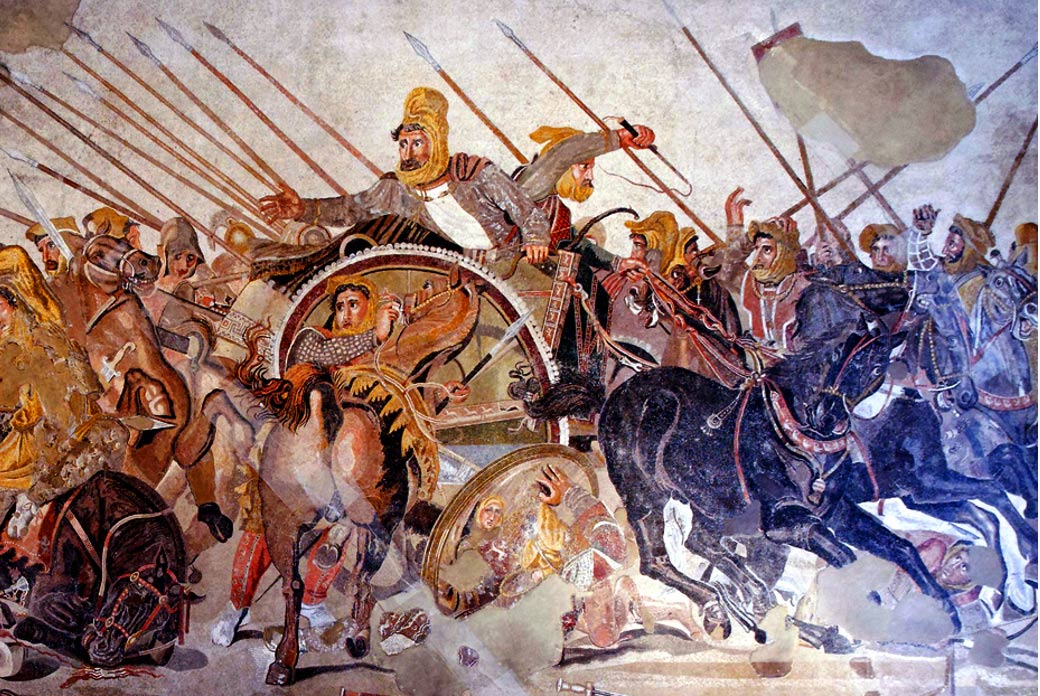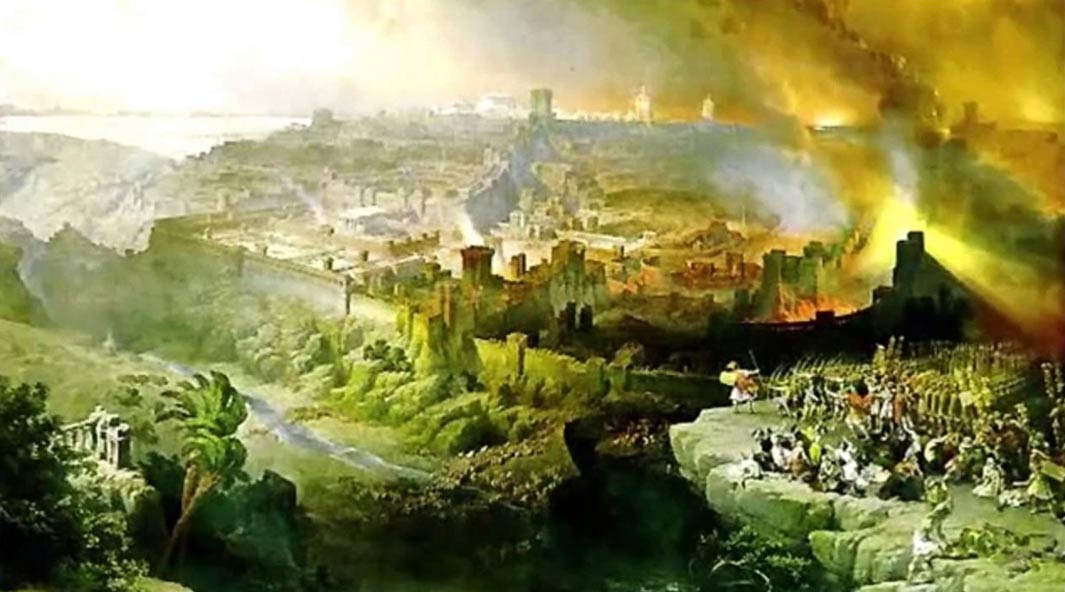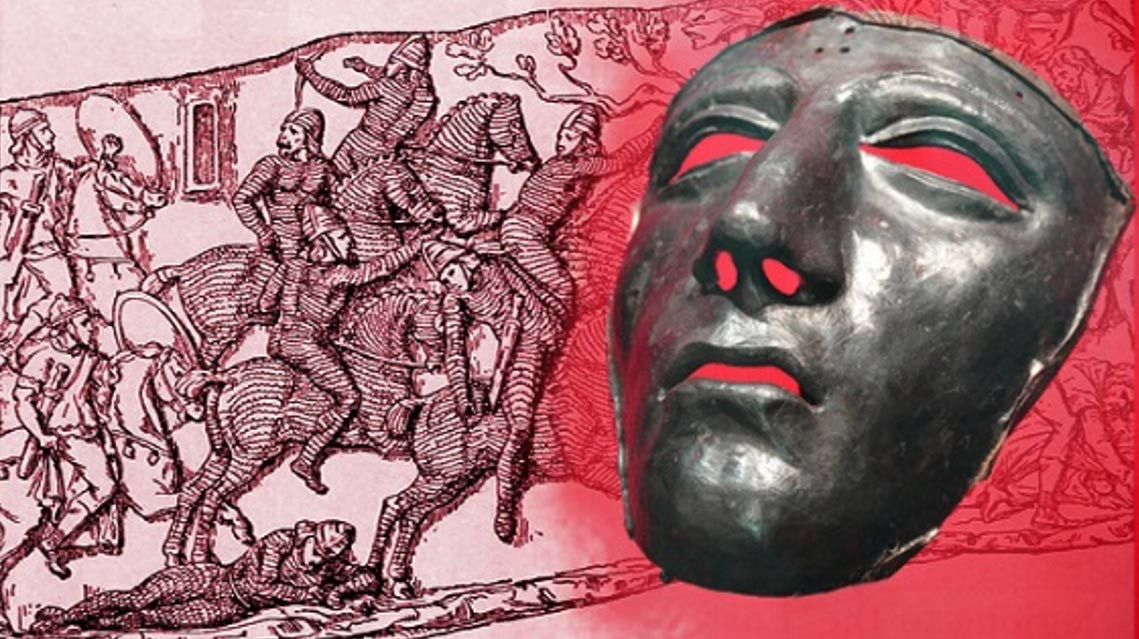The Maiden of France: Joan of Arc and the Siege of Orléans

France, embroiled in a war with England in a struggle over the French throne during the Hundred Years' War, would find a savior who in turn was a heretic to the English. This sinner and saint was a woman by the name of Joan of Arc. While most people know she was burned at the stake at Vieux Marche in Rouen, most forgotten are her military adventures against the English...Read more


